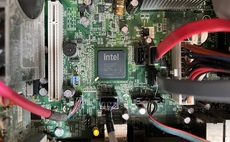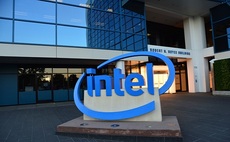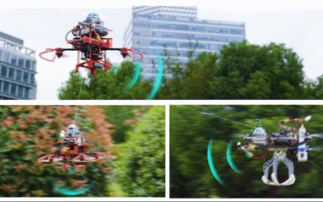Announcement follows Intel's unveiling of Core M chip for 2-in-1 devices
TAIPEI: AMD launched its Kaveri A-series APU chip for "ultra thin and high-performance mobile PCs" at Computex on Wednesday, less than 24 hours after Intel announced its Core M chip aimed at conver...
To continue reading this article...
Join Computing
- Unlimited access to real-time news, analysis and opinion from the technology industry
- Receive important and breaking news in our daily newsletter
- Be the first to hear about our events and awards programmes
- Join live member only interviews with IT leaders at the ‘IT Lounge’; your chance to ask your burning tech questions and have them answered
- Access to the Computing Delta hub providing market intelligence and research
- Receive our members-only newsletter with exclusive opinion pieces from senior IT Leaders






















